With everyone heading to MoCCA this weekend — well, not everyone, but a lot of CCSers make the pilgrimage every June — it seems appropo to pause and give thanks to Wally Wood for anticipating the underground comix and self-publishers to come (including you!) when he published the debut issue of Witzend in the summer of 1966.
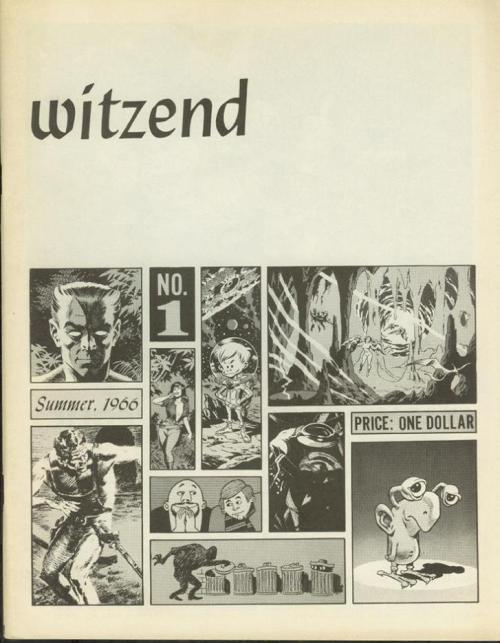
The story goes that Wally Wood — one of the great EC cartoonists, particularly renowned for his work on EC editor Al Feldstein‘s science-fiction line and Harvey Kurtzman‘s war titles and, of course, Mad, in all its incarnations — was completely fed up with freelancing in the early 1960s. The lack of creative freedom felt like a strait-jacket, and his frustration with the limitations imposed by the marketplace, the editors and the publishers had brought Wood to the verge of blowing his nut.
Among his creative circle of associates was a young cartoonist named Dan Adkins, who Wood sometimes collaborated with (Adkins assisted Wood on some pro gigs, and Wood inked some of Adkins’ early black-and-white work for the James Warren newsstand comics zine Creepy and Eerie). Adkins was working at Wood’s studio in 1965, and showed Wood some of the pages for a planned self-published comics zine entitled Outlet.
Inspired, Wood launched his own effort as editor (or, as he would have it, ‘non-editor’) and publisher, intending to publish his own best work alongside that of the many cartoonists he’d worked with and known for years. This stellar company included Al Williamson, Frank Frazetta, Archie Goodwin, Steve Ditko, Angelo Torres, Gil Kane, Ralph Reese, Roy Krenkel and others — many of whom were coincidentally also freelancing for Warren’s Creepy and Eerie, doing some of their finest work ever for Warren.
Wood’s original title for his zine was et cetera, and it featured his own character Animan (a feral half-human hero) and the satiric Bucky Ruckus. Ditko contributed a peculiar humor one-pager, Frazetta offered a pen-and-ink portrait of Flash Gordon serial star Buster Crabbe, Reed Crandall offered single-page illustrations from his favorite Edgar Rice Burroughs novels, Al Williamson illustrated the science-fiction opus “Savage World,” and so on — all in all, a remarkable anthology of never-before-published work by some of the finest cartoonists working in the mid-’60s.
Alas, et cetera turned out to be the title of another zine — so Wood ultimately debuted his ambitious anthology under the memorable title Witzend.
The inside front cover featured a declaration of creative freedom, announcing a policy of no editorial policy (the typos on the page immediately indicated just one of the pitfalls of this policy). The goal was complete, unfettered creative freedom, a banner under which Wood hoped to publish his and his fellow cartoonists’ best-ever work. It was an adventurous undertaking, particularly in the perilous shrinking comics market of the mid-’60s, sans any distribution method other than self-distribution.
Witzend was available via mail-order only from Wood himself for the princely sum of one dollar (this was almost a decade before the Direct Sales market had blossomed, or even existed) and sales and support was enough to prompt Wood to continue his experiment into a second and third issue.
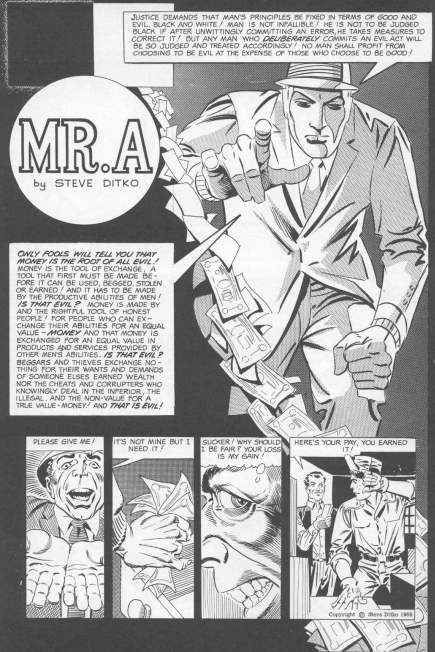 No, you won’t find this particular page or story in Witzend #1; this is the debut page of Steve Ditko’s Ayn Rand-inspired absolutist hero “Mr. A,” which appeared in Witzend #3, 1967. ©1967 Steve Ditko
No, you won’t find this particular page or story in Witzend #1; this is the debut page of Steve Ditko’s Ayn Rand-inspired absolutist hero “Mr. A,” which appeared in Witzend #3, 1967. ©1967 Steve Ditko
______________________________________
By its third issue, Witzend was really shaping up to be a key venue for new comics. Primary among the most innovative and durable works to debut in the pages of Witzend was Steve Ditko‘s controversial “Mr. A” in Witzend #3.
Ditko had recently left Marvel and his greatest commercial success as co-creator of Spider-Man and Dr. Strange, and had begun leveraging his personal philosophies into short-lived DC vehicles like The Hawk & The Dove and The Creeper and his ongoing work for Charlton, where he drew issues of the venerable Blue Beetle and launched the original character The Question. Among his Charlton characters of this period was the curious Blue Beetle backup “Killjoy,” which introduced the Randian themes that exploded onto the page unfiltered via the Witzend “Mr. A” stories, which arguably resembled Ditko’s The Question as well. “Mr. A” remains the greatest ongoing legacy from Witzend.
Unfortunately, Wood’s dream of self-publishing his own serialized graphic novel in the pages of his own zine remained unfulfilled. As I found out myself when I co-edited and published and co-published Taboo in the late ’80s and early ’90s, the various demands on an artist’s time as an editor and publisher quickly precluded doing my own stories for Taboo — a lesson Wood had already wrestled with via Witzend. Though Wood contributed stories and art to every issue, he never had time enough to use Witzend as the vehicle for his own expansive graphic novel. In fact (as I had to do for Taboo), Wood often had to take on additional freelance work with mainstream publishers to subsidize Witzend.
Nevertheless, Wood gave it his best shot. “The World of the Wizard King” was Wood’s working title for his grand fantasy graphic novel, and beginning with Witzend #4 Wood worked with writer Bill Pearson on serializing his novel in prose form, spiced with tantalizing Wood illustrations.
The serialization was a pale shadow of the massive fantasy graphic novel Wood had so long cherished; he would eventually realized portions of it as a graphic novel The Wizard King (1978, published in the US in black and white and in Europe in color), but that, too, fell far short of the epic Wood had labored to bring to life. By 1978 — only three years before his suicide — he was in his autumn years, fighting personal demons, poverty and alcoholism, and no longer capable of bringing to the drawing board the skills he’d wielded with such bravado in the 1950s and ’60s. As with his experiment in publishing Witzend, Wood was an artist ahead of his time — the market had no interest in his personal vision, only in what he could bring to the board for the company-owned characters he occasionally worked on as a freelancer.
This was Wood’s final issue as editor/publisher; after Witzend #4 was published, Wood sold Witzend to Bill Pearson for just $1.00 — the cover price of Witzend‘s first issue — and Pearson (working with various collaborators) continued to edit and publish the zine to its final issue, Witzend #13.
I personally donated a copy of the historic zine Witzend #1 to the Schulz Library this past year; though I’ve no idea how or where it’s accessible in the collection (the fragility and rarity of such publications makes cataloguing and shelving them an ongoing challenge), I heartily recommend you take the time this summer to give our copy a look-see.
We owe a vast debt to the late, great Wally Wood, and Witzend was the precursor to every self-published CCS creation that graces the tables at MoCCA every spring.
Here’s to Wally, the pioneer and trail-blazer who made much possible for all of us…
– Stephen R. Bissette, Mountains of Madness, VT





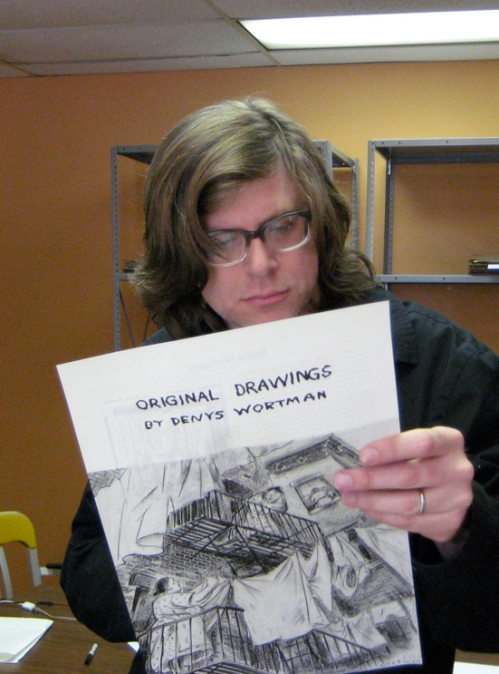





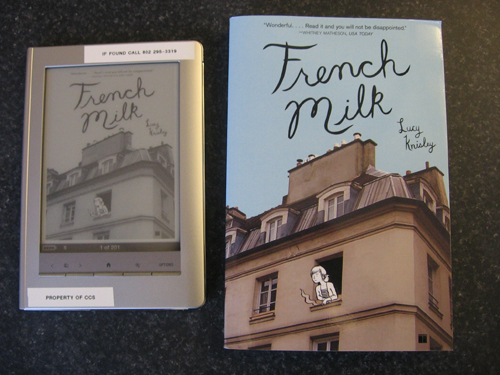
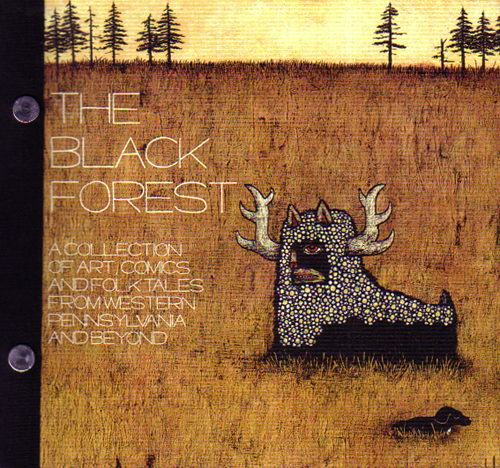
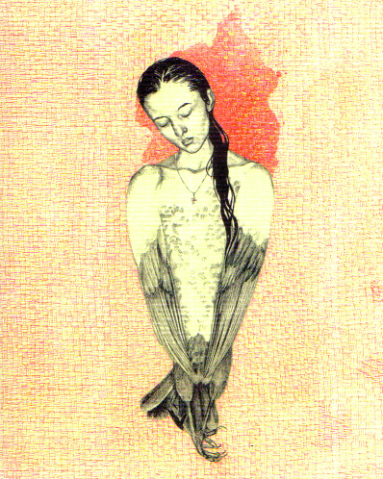

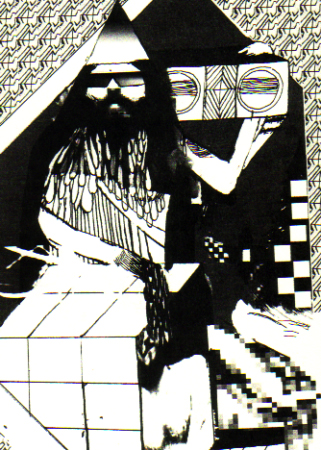
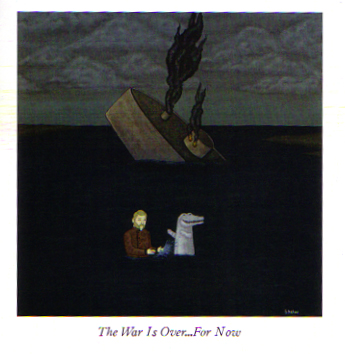


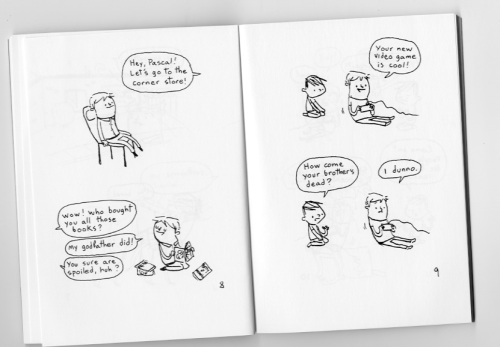
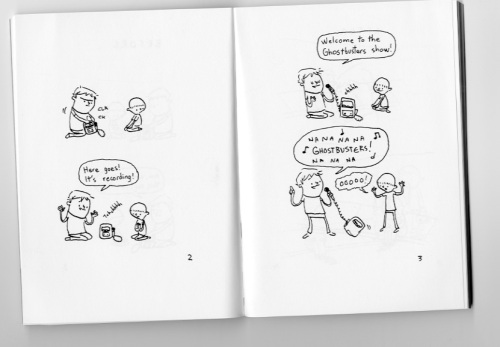




 No, you won’t find this particular page or story in Witzend #1; this is the debut page of Steve Ditko’s Ayn Rand-inspired absolutist hero “Mr. A,” which appeared in Witzend #3, 1967. ©1967 Steve Ditko
No, you won’t find this particular page or story in Witzend #1; this is the debut page of Steve Ditko’s Ayn Rand-inspired absolutist hero “Mr. A,” which appeared in Witzend #3, 1967. ©1967 Steve Ditko